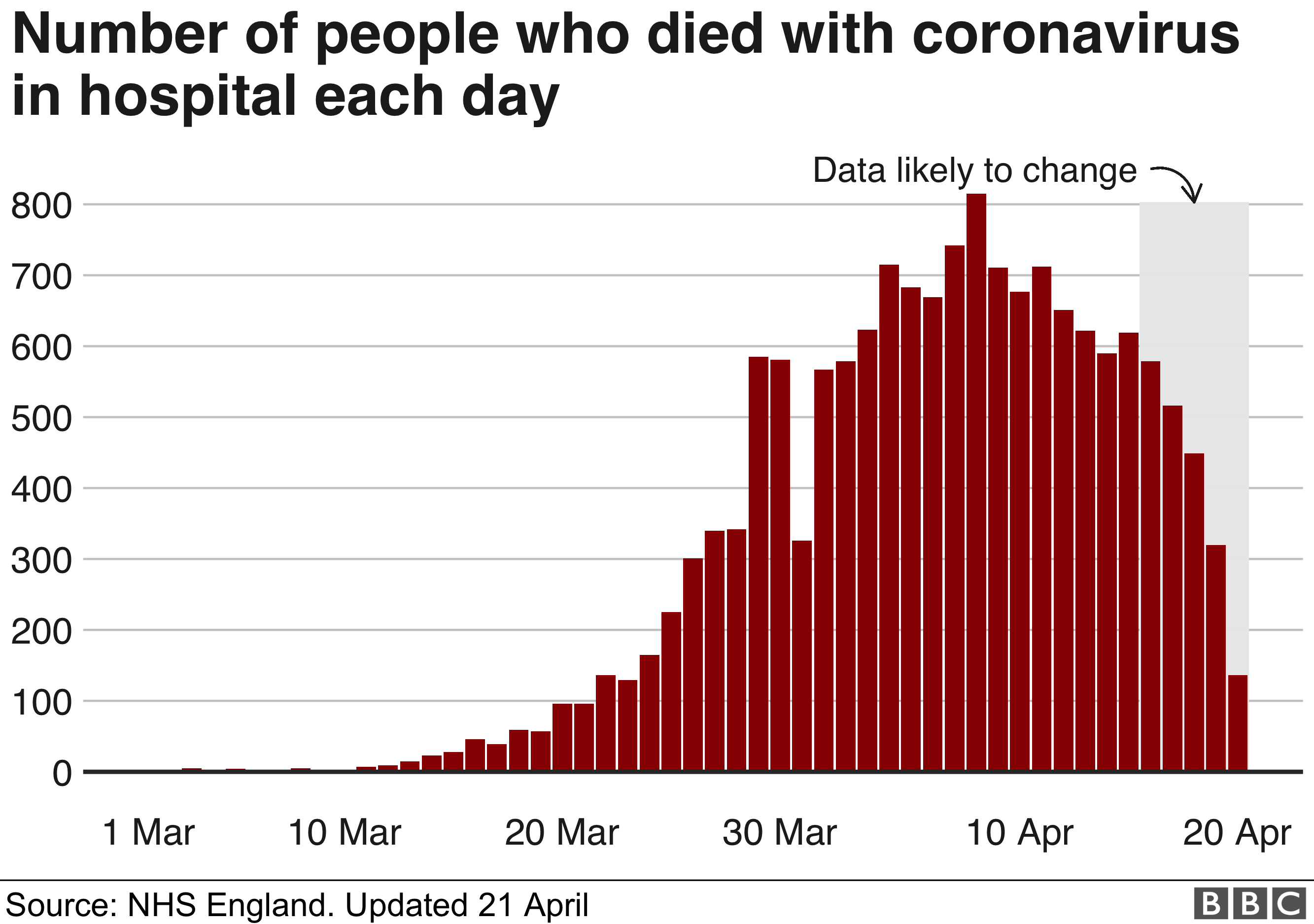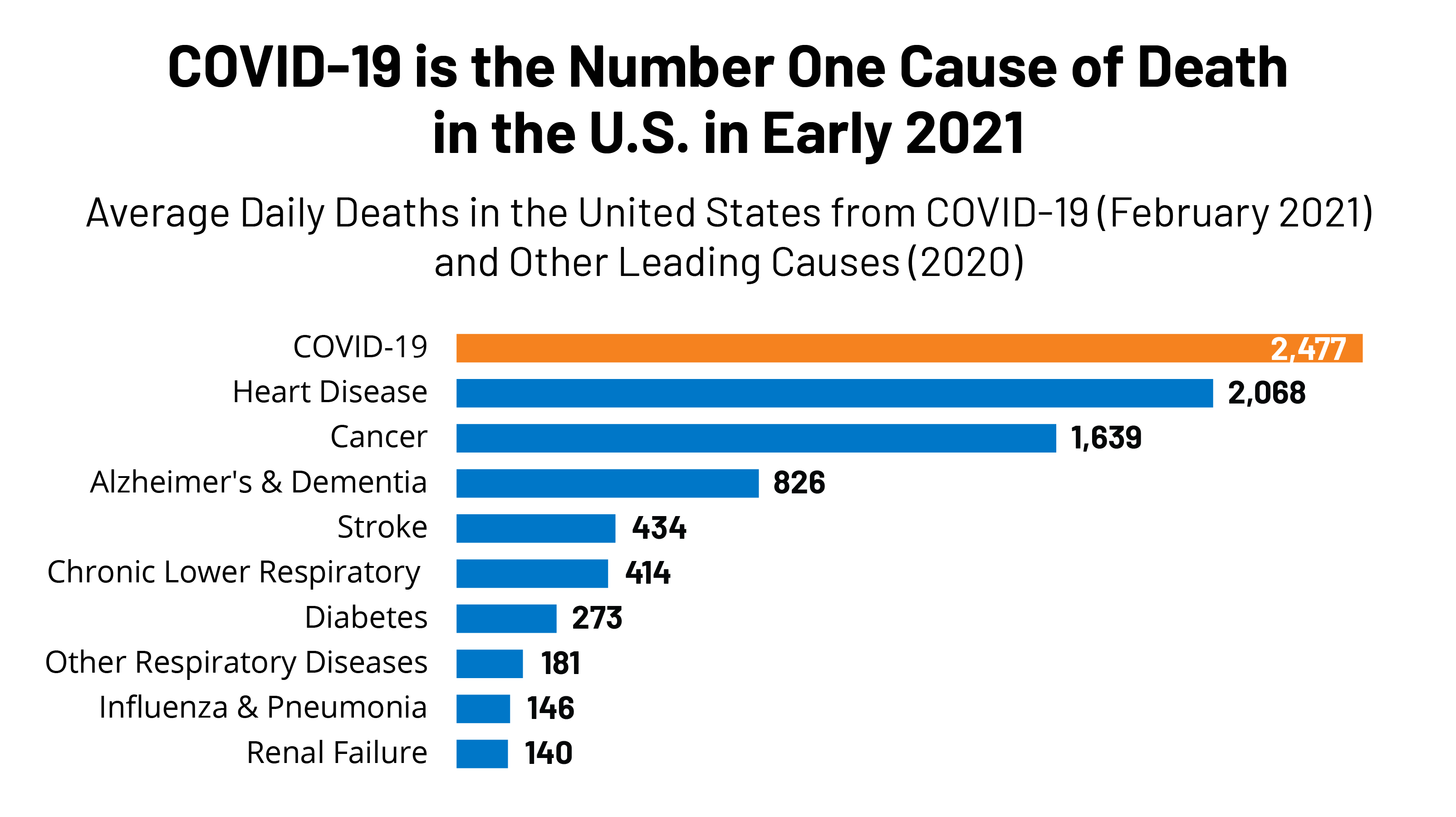

It’s also important to remember that the total numbers-both in terms of testing and confirmed cases-are likely missing people who are asymptomatic. If your state is not testing many people, the number of positive cases will not really reflect how many people in your state likely have COVID. It can be more helpful to look at how the number of cases compares to how many tests your state is doing. When you’re looking at statistics, context is important.
JUNE COVID DEATHS IN US FULL
While the most straightforward numbers are the total case and death counts, these figures don’t give you the full story. There are several pieces of data to consider if you want to understand the COVID situation where you live. This can happen if someone lives in one state, travels to another, and gets COVID while they are traveling.ĭue to these factors, it’s normal for case and death numbers to change-in fact, they are changing often. It’s also possible that a state counted cases or deaths that actually “belong” to another state’s totals. There were also situations where a person who is sick or had been exposed to someone with COVID did not seek care or did not have access to tests. Similarly, deaths from COVID might have been missed if something like pneumonia was listed as the cause of death on a person’s death certificate or in a provider's documentation rather than the death being attributed to COVID. In some cases, the coding classification changes which could affect whether a case is counted as a COVID case or not.
JUNE COVID DEATHS IN US CODE
because healthcare systems do not code diagnoses in the same way. The data that was reported did not look the same coming from all the different hospitals in the U.S. Data on ER visits that could be related to COVID-19 were not reported by all jurisdictions, however. In some circumstances, people who go to the emergency room for symptoms of COVID might be diagnosed with another illness, like the flu or pneumonia. Unless states had the ability to do more widespread testing that included people without symptoms, it’s likely that they were undercounting the total number of COVID-19 cases because asymptomatic people were not included if they did not get a test. If they aren’t sick and do not realize that they were exposed, they are not likely to get tested. It’s also important to keep in mind that there are people who get COVID and do not have symptoms. Later on, it may have turned out that those cases were not related to COVID after all, in which case those cases would be dropped from the report. However, some places did not report suspected cases or deaths-only those that have been confirmed. The totals that were reported sometimes included probable (or suspected) cases and deaths that had not been confirmed. Some states had backlogs of tests from weeks ago, meaning that the data reported was a little behind the current situation. While the numbers were initially updated daily, there were sometimes lags over the weekend or over the holidays. The numbers reported to the CDC are as accurate as a state can provide, though they can change. Some states also provided information about specific populations, such as healthcare workers and people who are pregnant.

For example, the CDC displayed data that shows how often people were going out in certain parts of the country and related this data on mobility to the level of virus transmission in those areas during specific times. Some states provided data about how communities had been affected by COVID-19. This data was more meant for public health officials and researchers. States also reported some information that was not accessible to the public the restricted data contained more specific fields that could potentially compromise patient privacy. A high number of cases in a state with a small population would mean something different than the same number of cases in a state that is three times as big. Since each state is not the same size, looking at the number of cases or deaths relative to how many people live in the state tells you more about the spread of the virus than simply looking at the raw data. In other cases, you might see the data displayed as “the rate per 1,000 people” within a given timeframe. In some cases, the data was presented as a percentage. Information about COVID testing, hospitalizations, and the number of people who had recovered was also reported. States reported the total number of cases since they started keeping track (which included both confirmed and probable cases-though not all jurisdictions reported these figures) and the number of new cases and deaths reported within the last seven days. States told the CDC about how many cases of COVID they had in the state, as well as how many people had died from COVID.


 0 kommentar(er)
0 kommentar(er)
